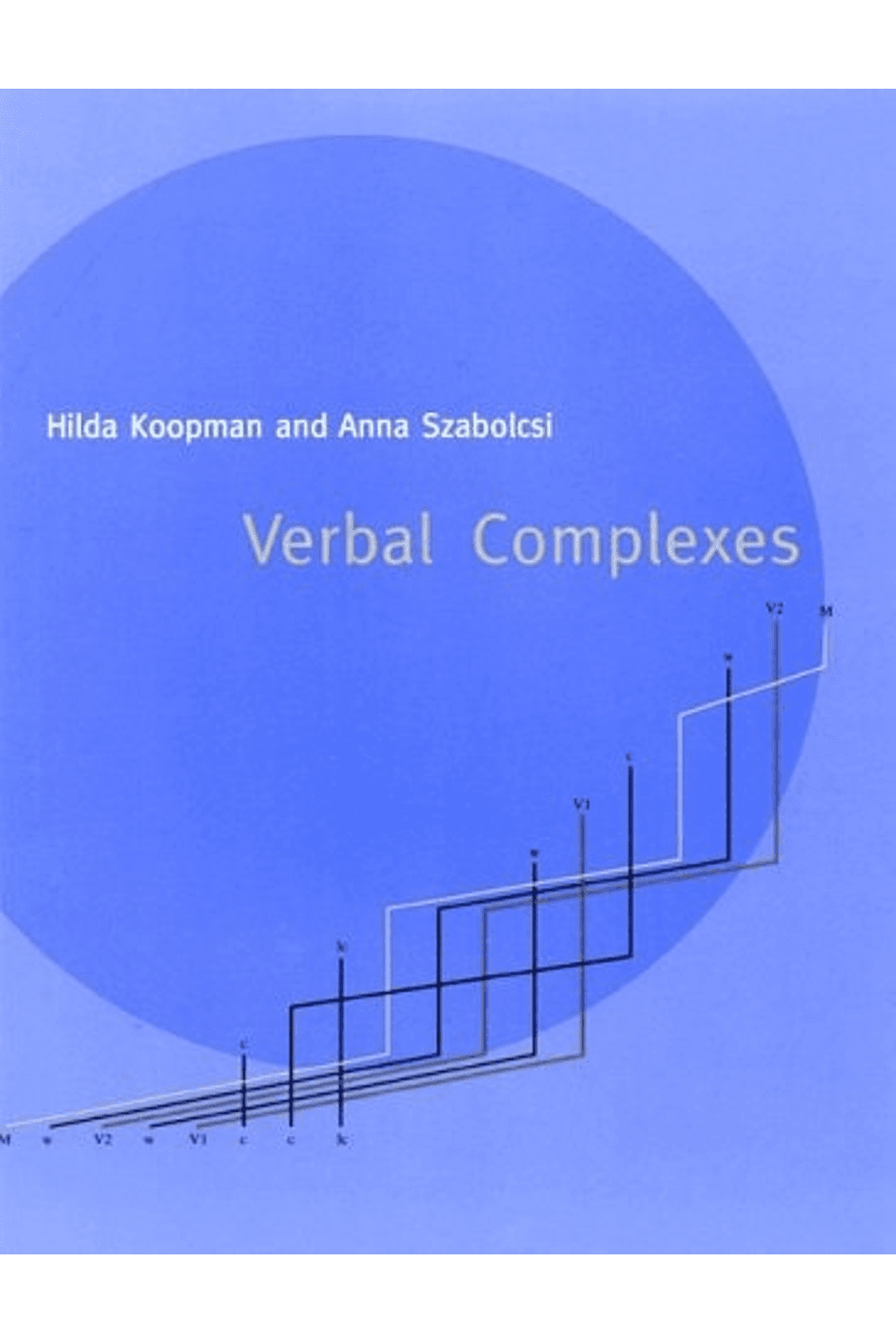Delve into the intricate architecture of verb phrases with Hilda Koopman and Anna Szabolcsi’s “Verbal Complexes,” a cornerstone of the Current Studies in Linguistics series (Volume 34). Published by MIT Press, this influential book offers a groundbreaking analysis of restructuring phenomena in Hungarian, Dutch, and German. Challenging traditional views, Koopman and Szabolcsi propose a unified framework based on overt phrasal movement, elegantly explaining word order variations through pied-piping. “Verbal Complexes” stands out for its innovative approach to cross-linguistic variation. It dissects the diverse restructuring patterns observed in the three languages, revealing how the size of moved constituents dictates surface differences. It’s praised for providing the first in-depth description of Hungarian complex verbs, bridging a gap in linguistic research and offering a unique comparative perspective between West Germanic and Hungarian. This text isn’t just for seasoned linguists; its clear presentation makes it accessible to advanced students and anyone fascinated by the complexities of syntax. Explore how movement creates complexity and order in languages. ISBN: 9780262611541
Verbal Complexes (Current Studies in Linguistics) (Current Studies in Linguistics (34)) (Volume 34)
19,45 $
In stock
In this book Hilda Koopman and Anna Szabolcsi propose a unified analysis of restructuring constructions in Hungarian, Dutch, and German that involves only overt phrasal movement and derives variation from the varying sizes of pied piping constituents.
Restructuring verbs in Hungarian exhibit three patterns: the will begin up-climb and the up will begin climb orders common in Dutch and the up-climb begin will order common in German. Traditionally these have been analyzed as involving no movement (or covert movement), phrasal movement, and head movement, respectively. The first goal of this book is to develop a unified analysis where (1) the same features are checked in all three orders, (2) all feature checking is achieved by overt movement, and (3) all three types involve phrasal movement. The second goal is to account for the significant variation across Hungarian, Dutch, and German, which is argued to arise from the varying sizes of the constituents pied piped in the course of movement.
In addition to its novel theoretical claims, the book presents the first systematic description of Hungarian complex verbs and the first comparison of West-Germanic and Hungarian.
Current Studies in Linguistics No. 34
| Authors | |
|---|---|
| Binding | |
| Condition | |
| ISBN-10 | 0262611546 |
| ISBN-13 | 9780262611541 |
| Language | |
| Pages | 262 |
| Publisher | |
| Year published | |
| Weight | 499 |
Related products
- Additional information
- Currencies
- USD – United States dollar
- EUR – Euro
- GBP – Pound sterling
- CNY – Chinese yuan
- BRL – Brazilian real
- MXN – Mexican peso
- JPY – Japanese yen
- PHP – Philippine peso
- THB – Thai baht
- PLN – Polish złoty
- CAD – Canadian dollar
- MYR – Malaysian ringgit
- AUD – Australian dollar
- TWD – New Taiwan dollar
- CZK – Czech koruna
- SEK – Swedish krona
- HUF – Hungarian forint
- ILS – Israeli new shekel
- CHF – Swiss franc
- HKD – Hong Kong dollar
- DKK – Danish krone
- SGD – Singapore dollar
- NOK – Norwegian krone
- NZD – New Zealand dollar





